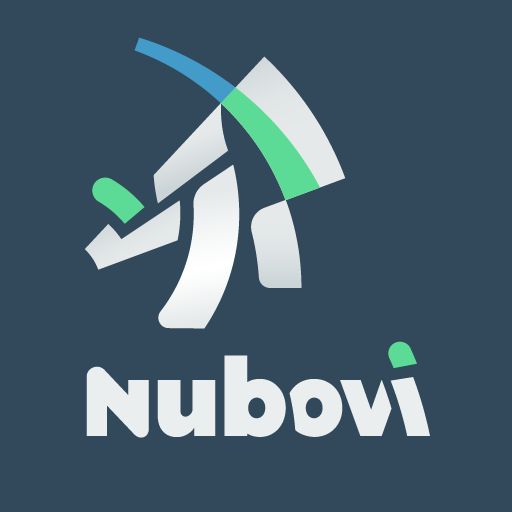As you move more and more IT solutions to the cloud, it's becoming increasingly important to keep track of cloud costs. Cloud providers such as AWS, Microsoft Azure, and Google Cloud Platform offer a wide range of services at different price points, making it easy to overspend if you're not careful. In this blog post, we'll explore some strategies for monitoring and optimizing cloud costs.
Getting more grip on your costs
The first step to monitoring cloud costs is to establish a baseline. This means understanding your current usage and spending patterns across all of your cloud resources.
Once you have a baseline, you can start to identify areas where you might be overspending. For example, you might find that you're paying for resources that are no longer in use, or that you're using more storage than you need. Once you identify these areas, you can take steps to optimize your usage and reduce costs.
One effective strategy is to use cloud resource tags to track usage and spending. Tags are metadata that you can attach to your cloud resources, such as instances, volumes, and buckets. By using tags to track usage, you can gain insights into which resources are driving up costs and take action to optimize them.
Apply downforce on your costs
One way to reduce cloud costs is to use reserved instances. Reserved instances are a way to commit to a certain amount of usage in advance, in exchange for a lower hourly rate. This can be particularly beneficial for resources that you know you'll be using for an extended period, such as a database server or a web application.
Another effective strategy is to use spot instances. Spot instances are spare compute capacity that cloud providers offer at a discounted rate. The catch is that the provider can reclaim the instance at any time, so spot instances are best suited for non-critical workloads that can handle interruptions.
And in general, right-sizing your resources and updating to the latest versions is a very effective way to reduce spend.
Obtain higher cloud performance
Cloud performance can be optimized by selecting the right instance types and sizes. For example, you might choose a compute-optimized instance for CPU-intensive workloads, or a memory-optimized instance for applications that require a lot of RAM.
You can also use auto-scaling to dynamically adjust your resources based on demand. Auto-scaling allows you to scale up when traffic increases and scale down when traffic decreases, ensuring that you're only paying for the resources you need.
Conclusion
Monitoring and optimizing cloud costs is an ongoing process. By establishing a baseline, using tags to track usage, using right-sized resources and leveraging reserved and spot instances, you can reduce your costs and improve your cloud performance. With these strategies in place, you can be sure that you're getting the most out of your cloud investment.
To learn more about how Nubovi can help do this for you, have a look at our white paper or watch this short explainer video.
